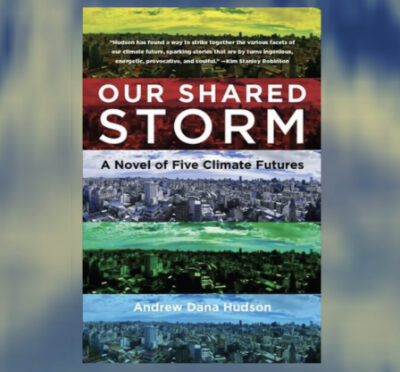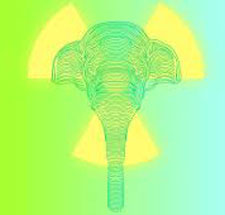Category: Alternate History
-

Our Shared Futures
Can climate fiction help us see our way through the maze of possible futures we face? Can it help us move forward from our present moment? Andrew Dana Hudson’s slim novel, Our Shared Storm: A Novel of Five Climate Futures, engages these questions directly, by imagining how four characters’ lives would…
-

Elephants and Radium Girls Electricity and Complicity in Brooke Bolander’s The Only Harmless Great Thing
In The Only Harmless Great Thing, Brooke Bolander has taken on two strange and disturbing events from the early 20th century: the willfully negligent poisoning of young women painting radium-tinged watch dials for the United States Radium Company, and the public electrocution of Topsy the elephant at Coney Island in…
-

An Alternate History reading list for this moment Or, Did Philip K. Dick foresee our current predicament?
Are we living in an alternate branch of history? I’ve been asking myself that question since waking up the morning of November 9, with the feeling that reality had turned sideways. Since then, many of us have shared the stages of shock, denial, anger and sadness that come after a great…

